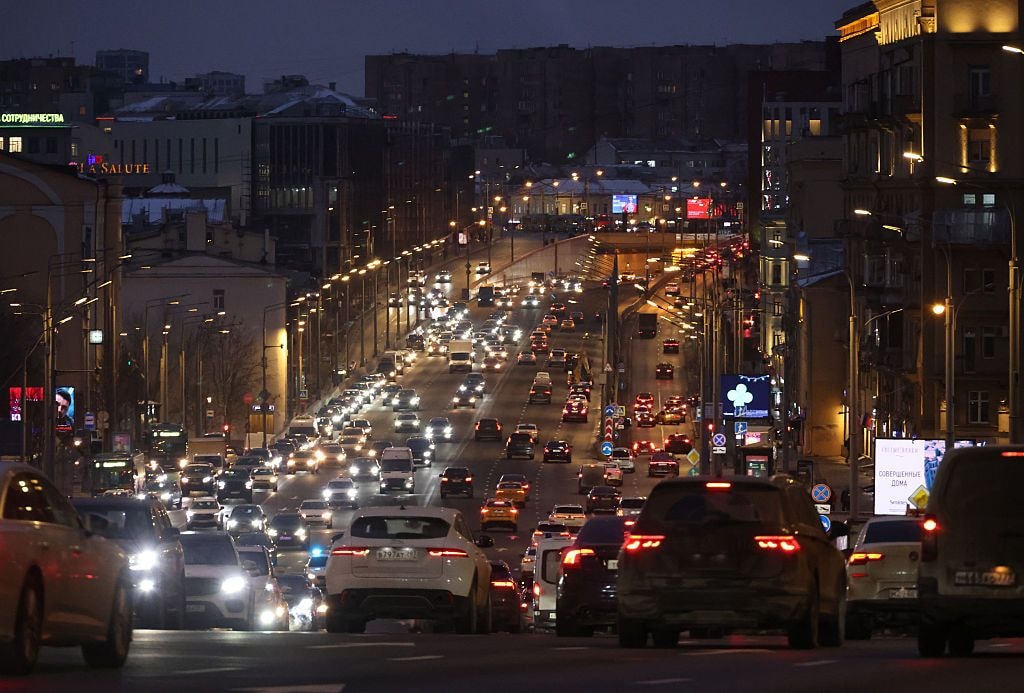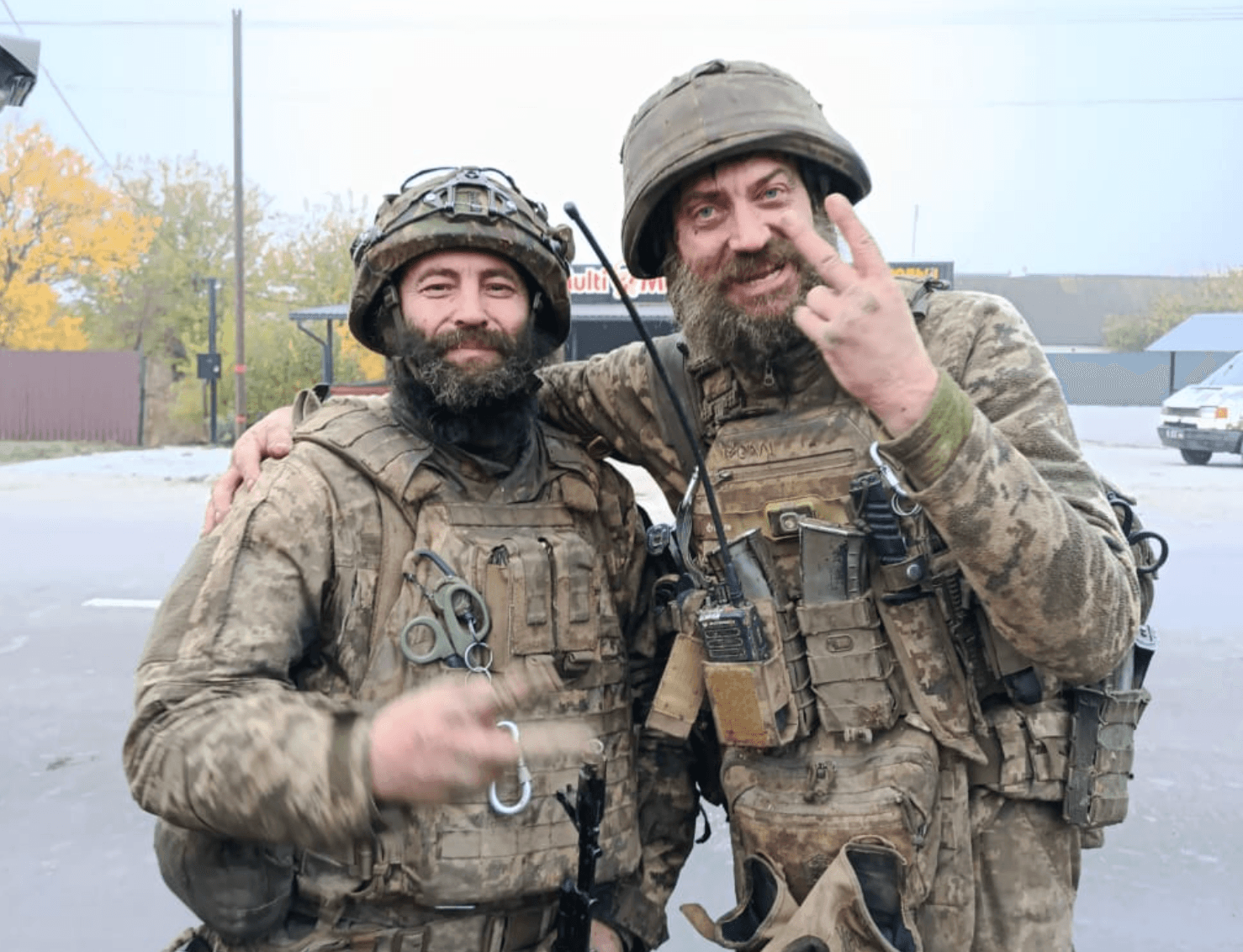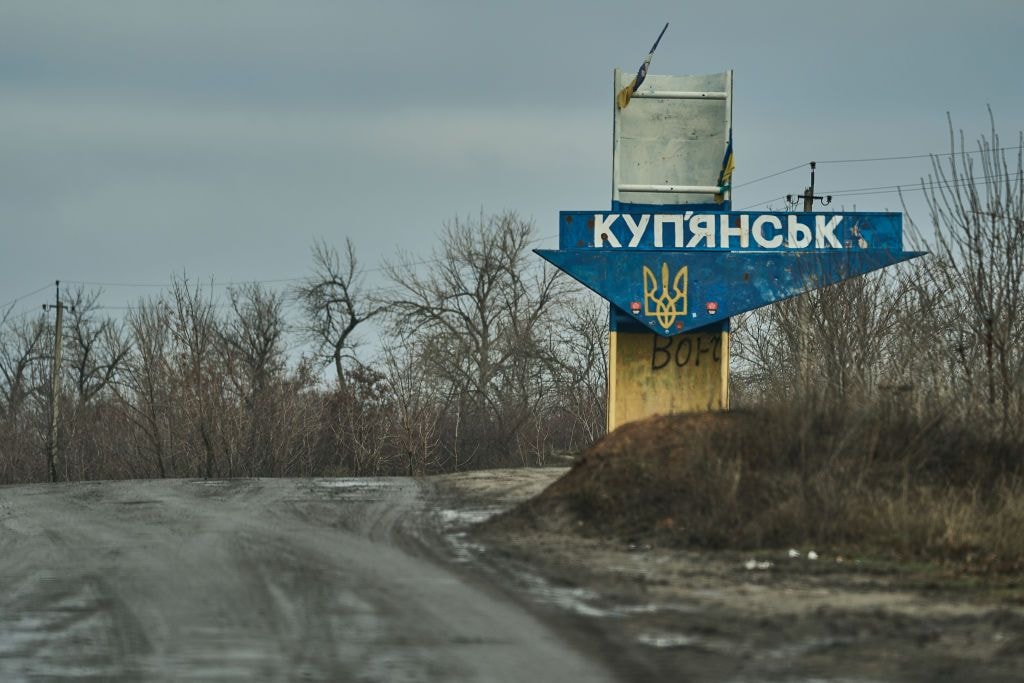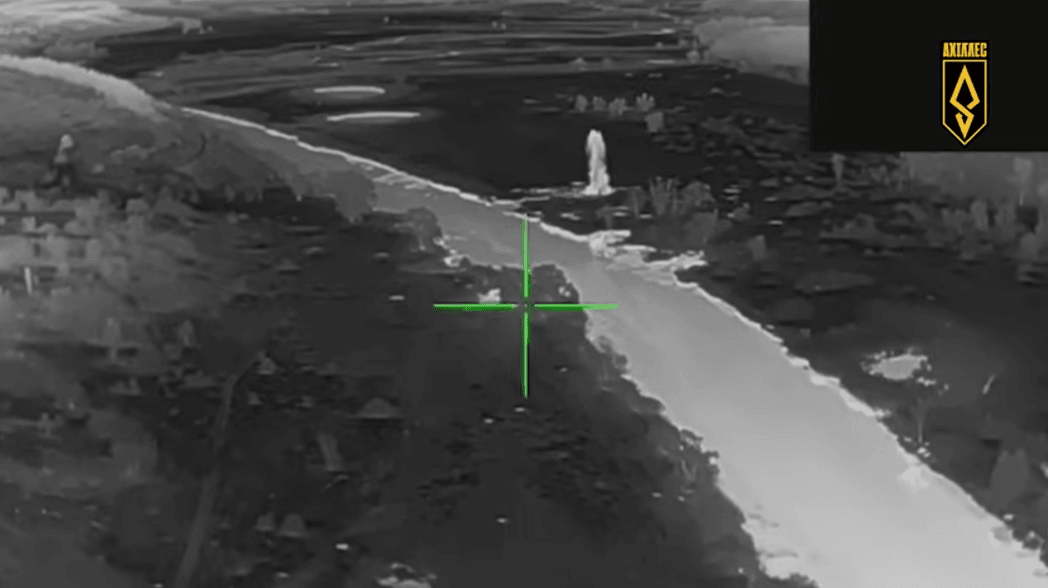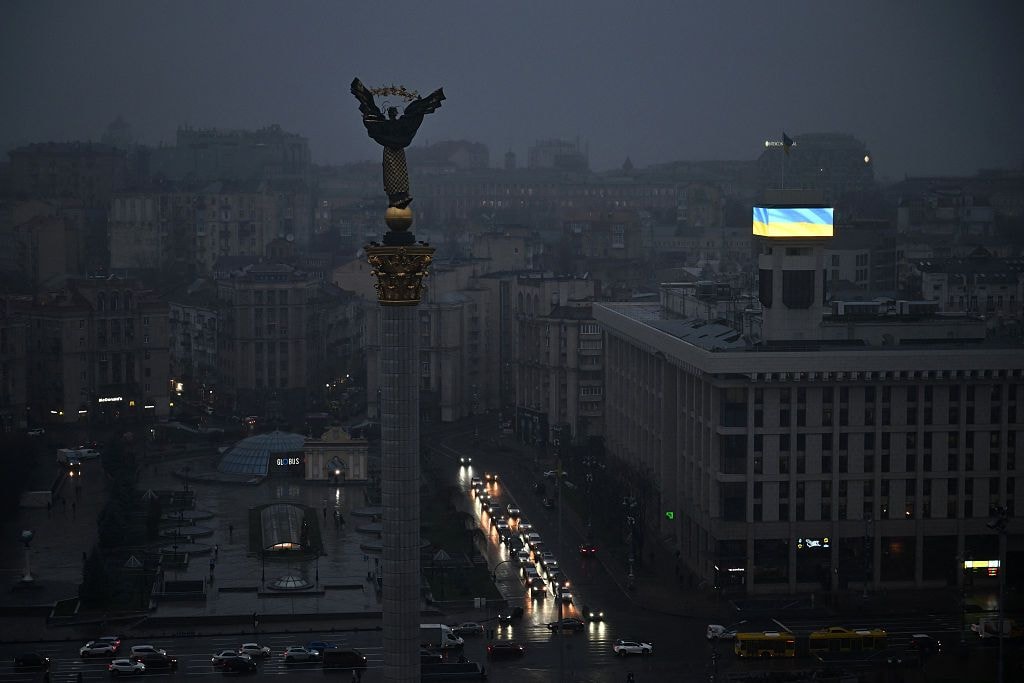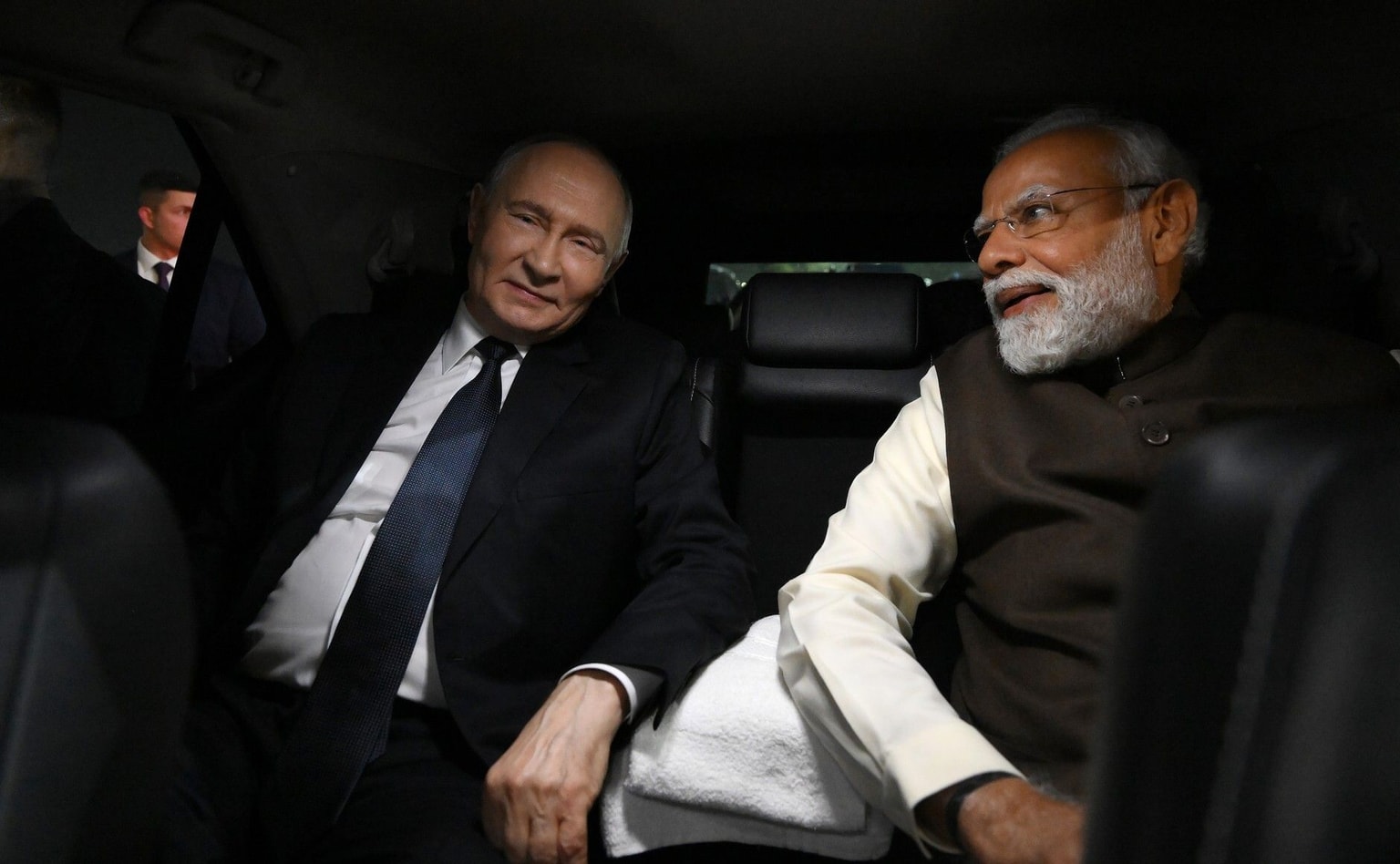US to bring Ukraine, Russia together over the next 100 days, Vance says

The Trump administration is now focused on brokering a “durable solution” to the Russia–Ukraine war within the next 100 days, Vice President JD Vance said in an interview with Fox News Digital published on April 30.
When asked about the current state of negotiations with Russia and Ukraine, Vance told Fox News "the first and necessary step of getting the Russia-Ukraine conflict solved is to get each of them to make a peace proposal.”
“We've got the peace proposal out there and issued, and we're going to work very hard over the next 100 days to try to bring these guys together,” Vance said, referring to Ukraine and Russia.
The push to broker peace comes after months of diplomacy, despite U.S. President Donald Trump's campaign promise to end the war in one day.
During his presidential run in 2024, Trump repeatedly vowed he would resolve the Russia–Ukraine war “within 24 hours.” After taking office, he revised the timeline to 100 days. That deadline passed this week with no deal in place and heavy fighting continuing along the front lines.
Kyiv accepted a 30-day U.S.-backed ceasefire proposal in March, but Moscow rejected it, demanding a complete end to Western military support for Ukraine. Despite statements supporting de-escalation, Russia has intensified attacks in recent weeks.
A partial ceasefire covering Ukrainian energy infrastructure, arranged during a March call between Trump and Russian President Vladimir Putin, has also seen repeated violations from Russian side. On April 16, Ukrainian Foreign Ministry spokesperson said Russia had violated a partial ceasefire more than 30 times.
Vance said both sides have now submitted formal peace proposals, claiming there is “a very big gulf between what the Russians want and what the Ukrainians want.”
In an interview with Brizilian O Globo, Russian Foreign Minister Sergey Lavrov said it would only join peace talks after recognition of its control over Crimea and four partially occupied Ukrainian regions – Donetsk, Luhansk, Zaporizhzhia, and Kherson. He also named a ban on Ukraine's entry into NATO, the country's demilitarization, and changes to Ukraine's legislation that would restore the position of the Russian language, culture, and religious organizations.
The demands, repeated by the Kremlin last week, shows Moscow is sticking to its maximalist demands — terms unacceptable for the Ukrainian side.
Vance added that while European leaders disagree with Trump’s policy, they reportedly believe American president is the “only person who could have actually forced a peace proposal out of each side,” meaning Moscow and Kyiv.
EU’s Top Diplomat Kaja Kallas previously admitted some governments are quietly considering following the U.S. if it pulls back from supporting Ukraine, but said that the bloc would not recognize Crimea, illegally annexed by Russia in 2014.
"On the European side, we have said this over and over again… Crimea is Ukraine," Kallas said in an interview with the Financial Times. "But we can't speak for America, of course, and what they will do."
On April 23, Axios reported that the peace plan suggested by U.S. President Donald Trump included de jure recognition of Russia's control over Crimea, along with de facto recognition of its occupation of other Ukrainian territories. It also provided for lifting sanctions imposed on Russia since 2014.
In contrast, the European-Ukrainian proposal reportedly insists that territorial questions should only be addressed after a full ceasefire and start from the basis of the line of control.



